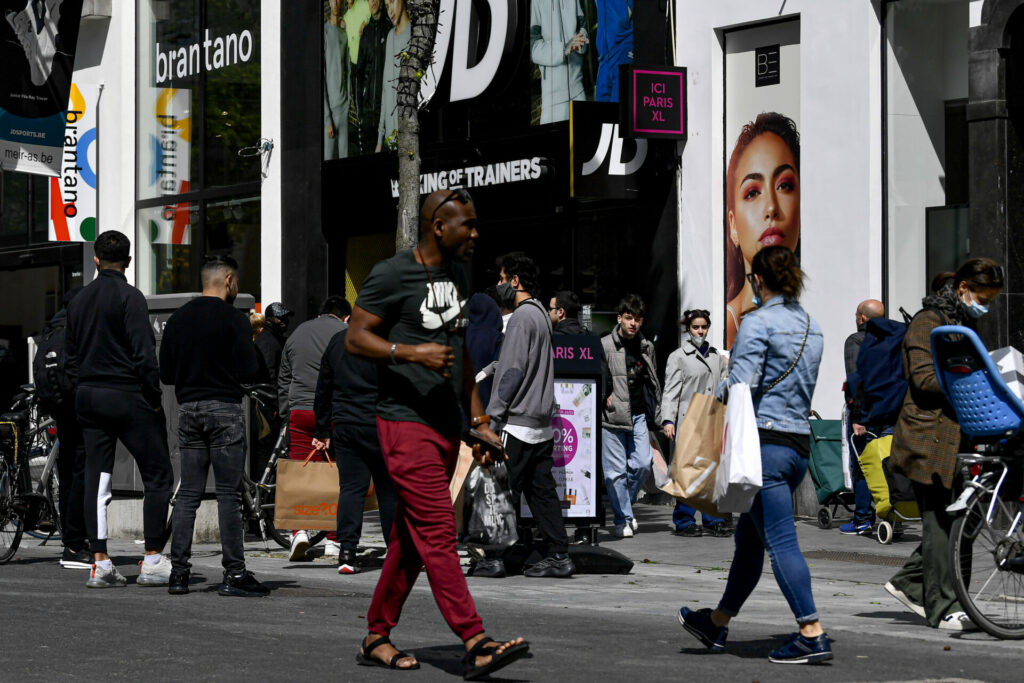The number of inhabitants in the Flemish region of Belgium is increasing every year, resulting in the population density reaching almost 500 people per km².
The average number of inhabitants per km² has been increasing steadily for years, from 436 in 2000 to 459 inhabitants per km² in 2010. This year, it reached 492 people per km², according to "Flanders in Figures 2022," a brochure by Statistics Flanders.
This equates to an average of more than 50 inhabitants per km² being added per year. In total, the population in the region increased from 6.25 million in 2010 to 6.7 million in 2022.
However, the increase in population density varies from place to place, both in the region and in Belgium as a whole.
Regional and local differences
Previous figures from Statbel, the federal statistics office, on 1 January last year showed that the population density in Belgium was 375 inhabitants per km², making it one of the most densely populated countries in Europe.
There are great variations within the country, from 25 inhabitants per km² being recorded in Daverdisse in Luxembourg to Sint-Joost-ten-Node, where there are 23,371 people per km².
Unsurprisingly, the Brussels-Capital Region has the highest population density (7,511 inhabitants/km² in 2021), followed by Flanders (492 inhabitants per km² in 2022) and Wallonia (216 people per km² in 2021).
Within Flanders, the population is most densely populated in the Flemish Diamond – the central area between Ghent, Antwerp, Leuven and Brussels.
Related News
- French population in Brussels doubles in 20 years
- 'Back on track': Belgian population surpasses 11.58 million
Statbel figures showed that the highest density in the region was in the Antwerp town of Mortsel, where 3,362 inhabitants per km² were recorded. All places in the top five of most densely populated area are located in the province of Antwerp.
However, some coastal municipalities (Ostend, Bredene, Blankenberge, Bruges), around Kortrijk and Roeselare in south-west Flanders and in the cities of Hasselt and Genk in Limburg, the population density has also increased.
Meanwhile, in the West-Flemish town of Lo-Reninge, the lowest population density was recorded. At the beginning of last year, it had 51 inhabitants per square kilometre, however, this is still twice as many as the least densely populated municipalities in all of Belgium, Daverdisse and Vresse-sur-Semois, where there are some 25 inhabitants per square kilometre.

